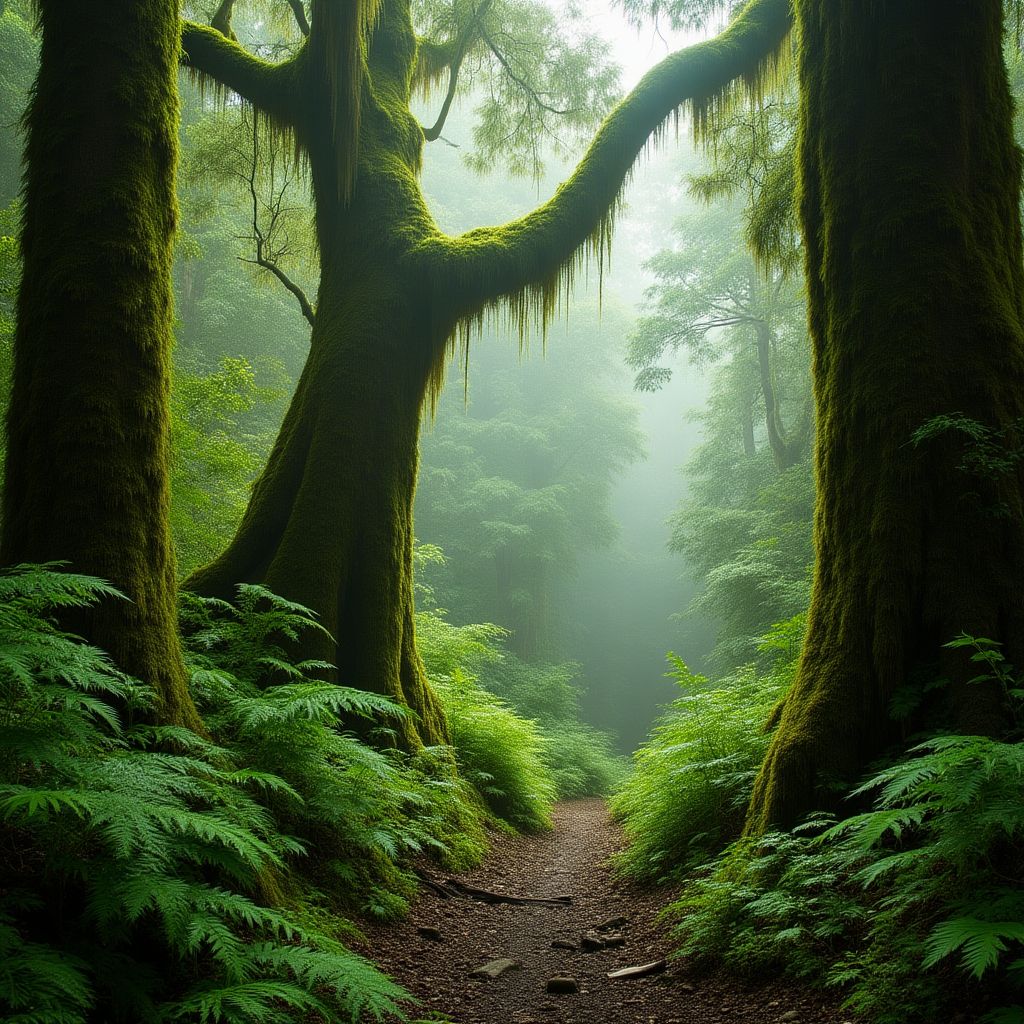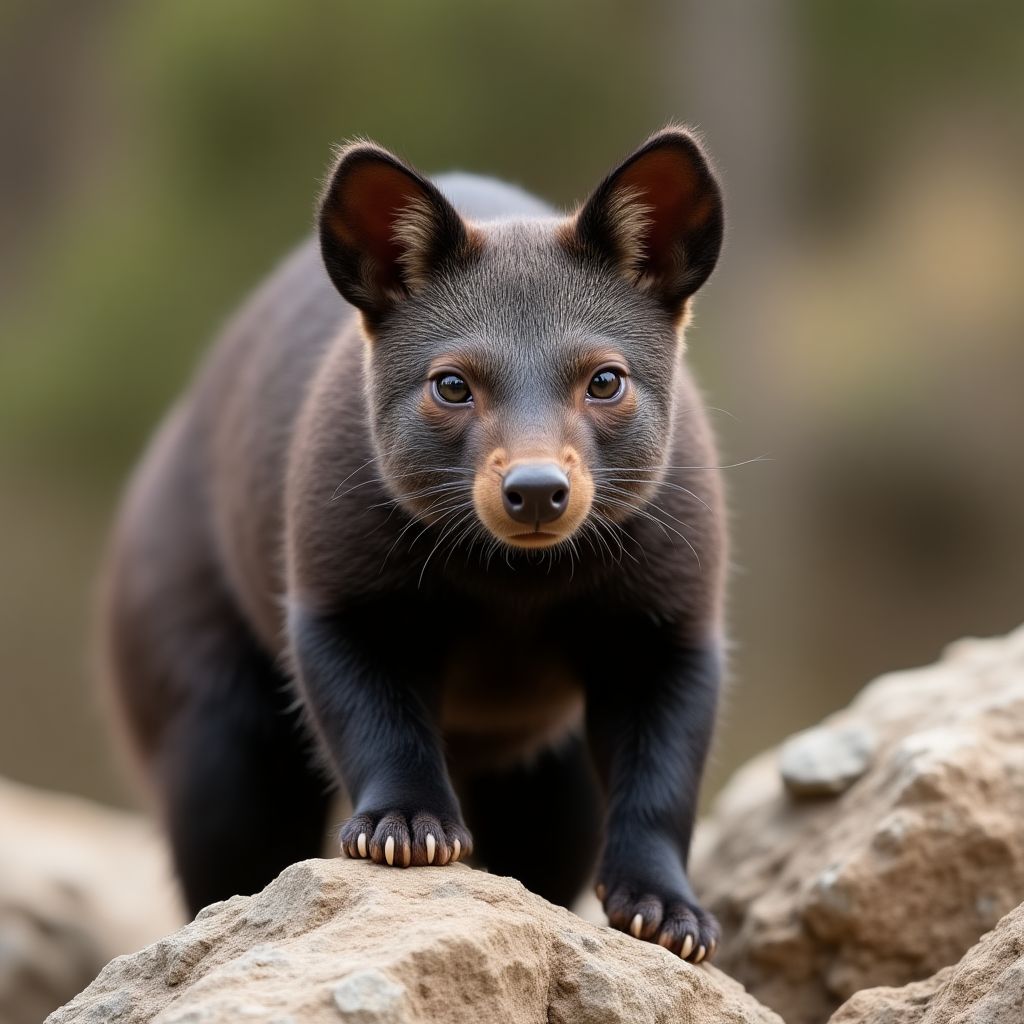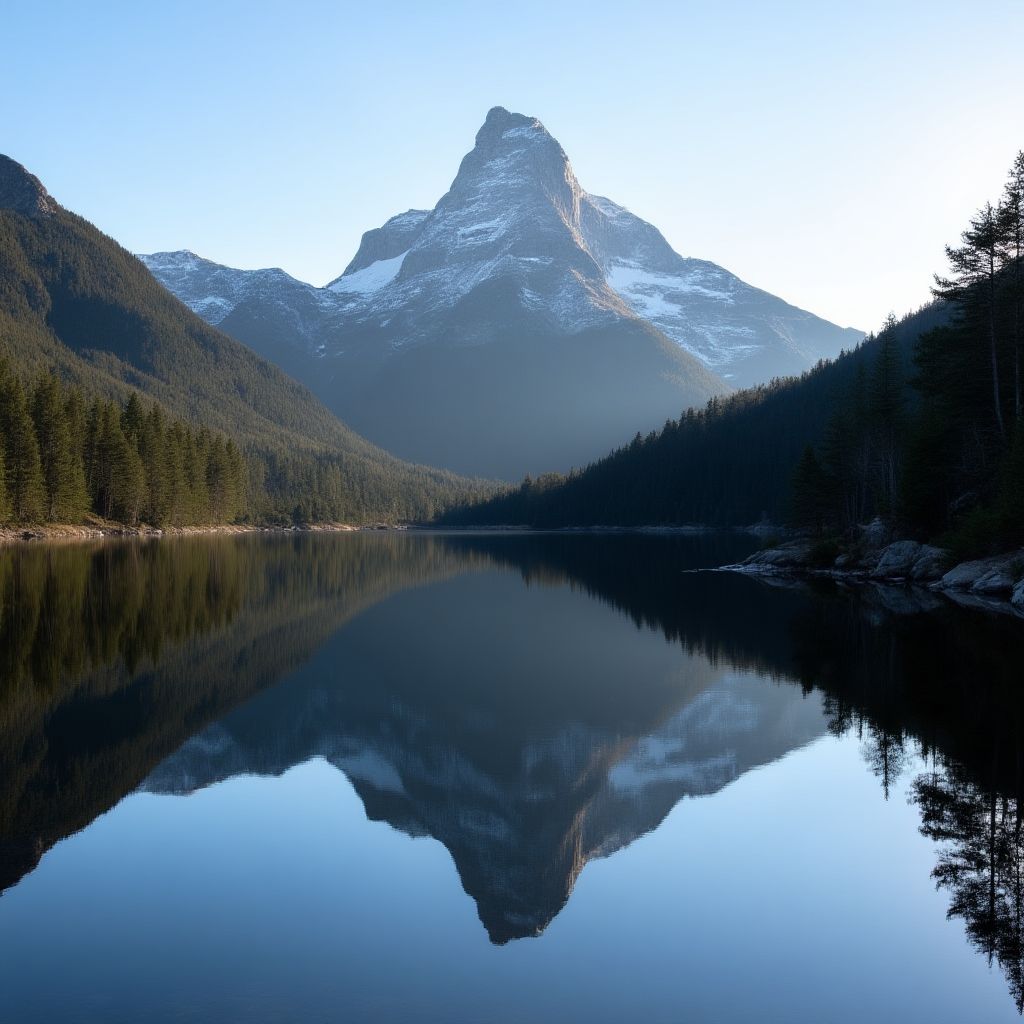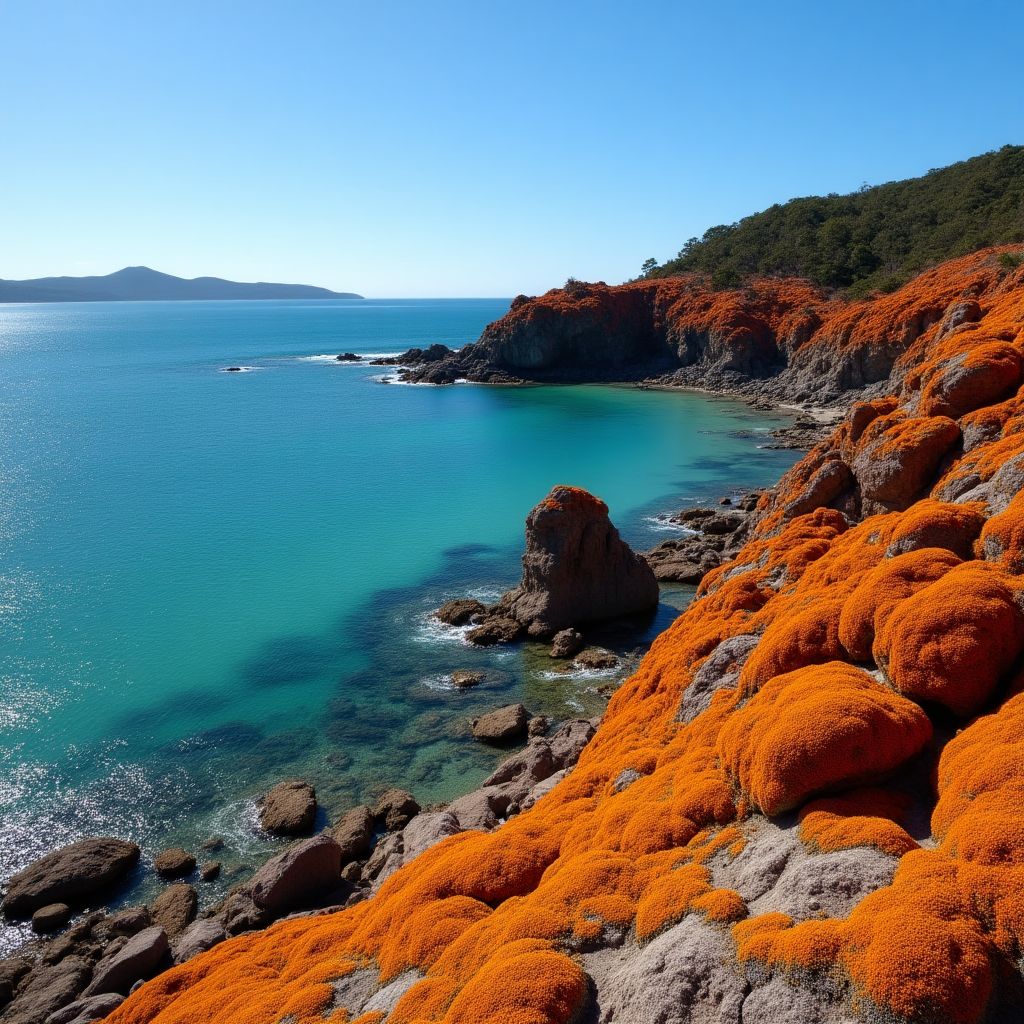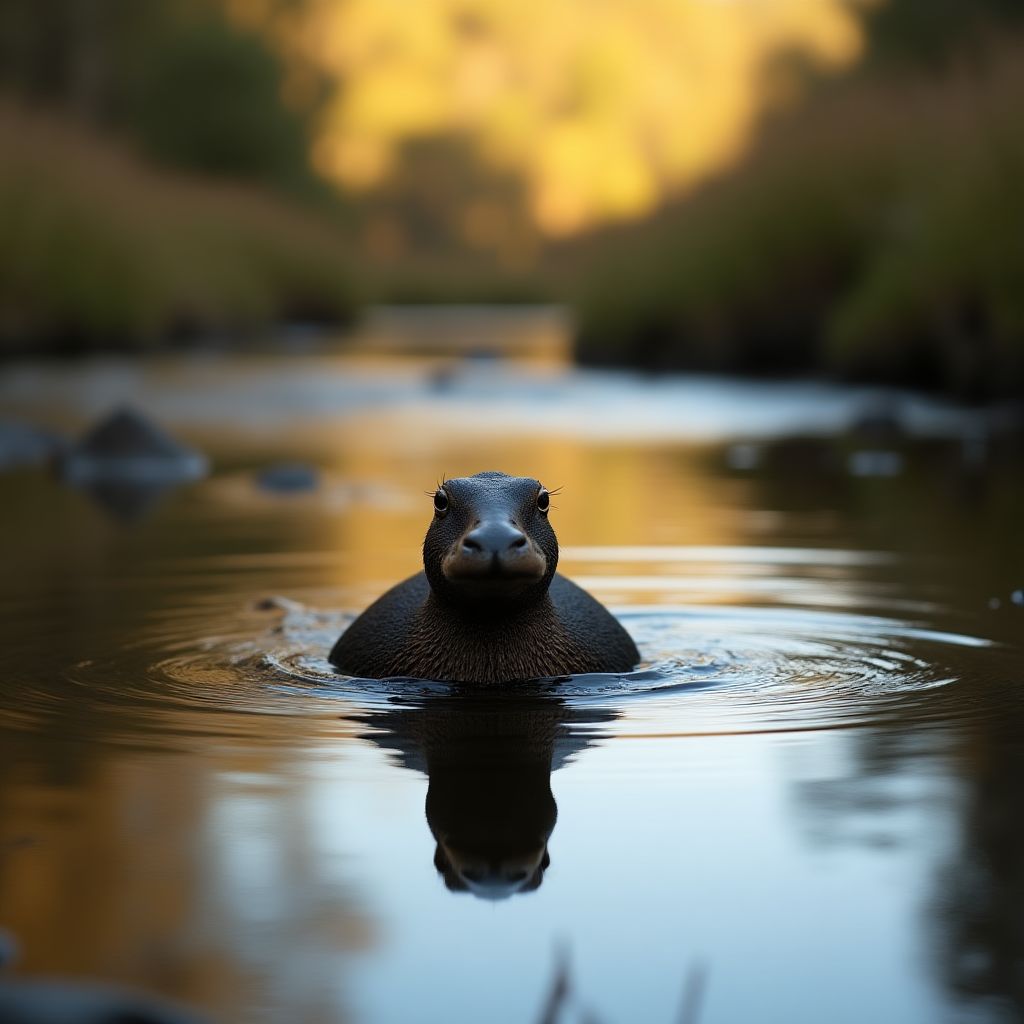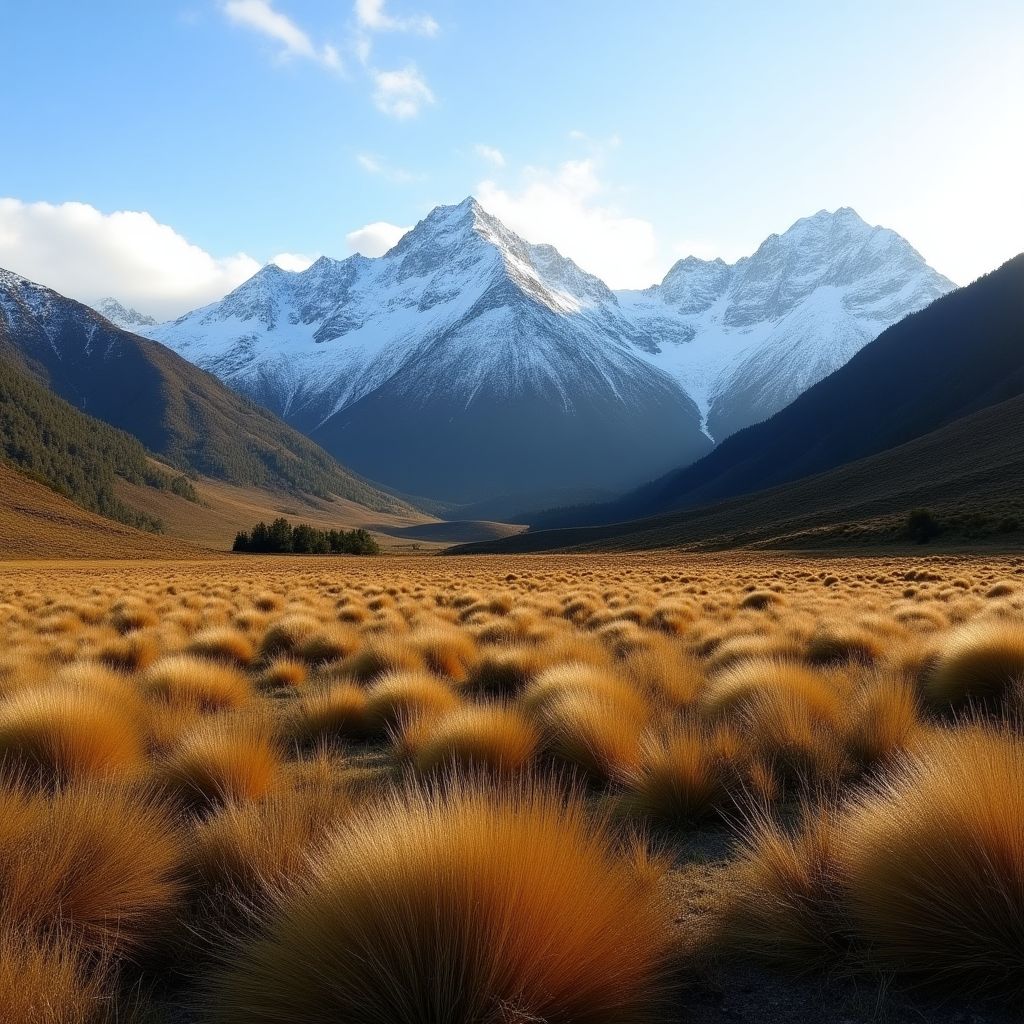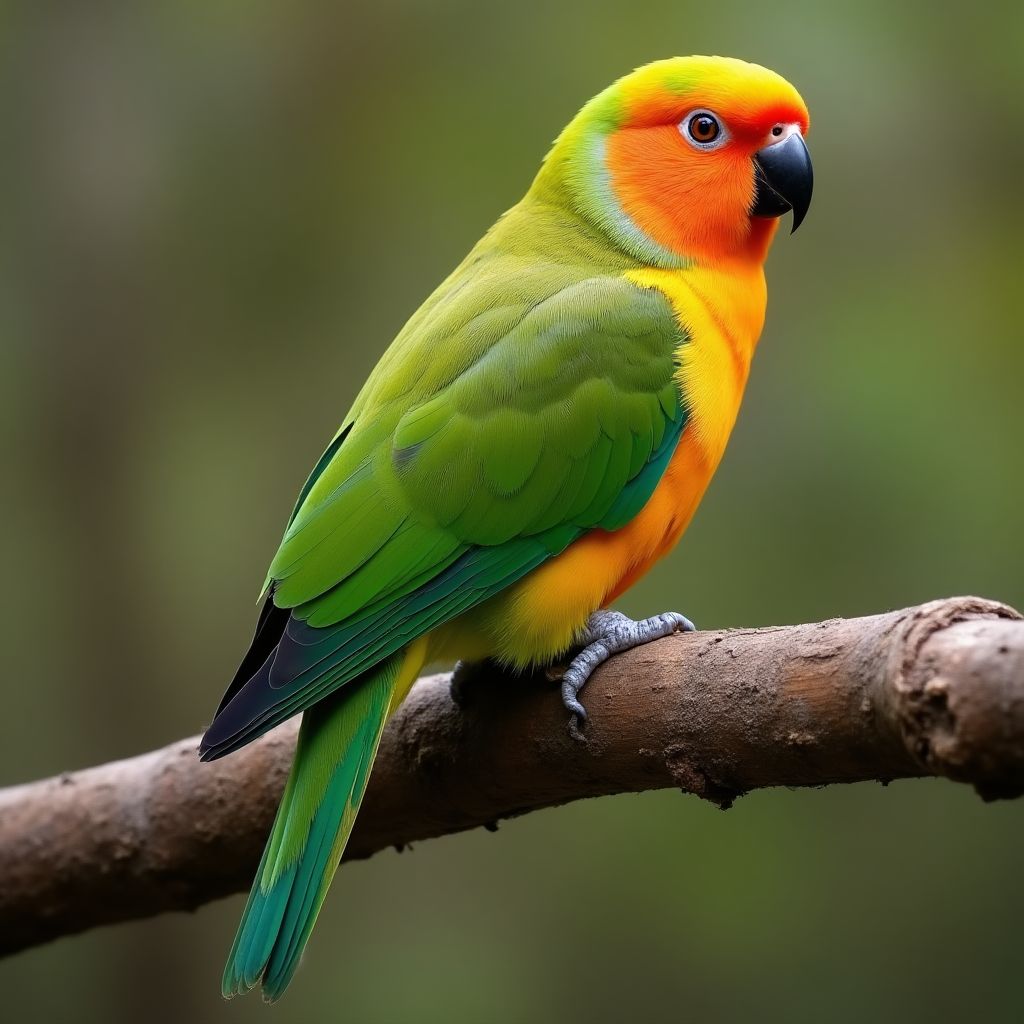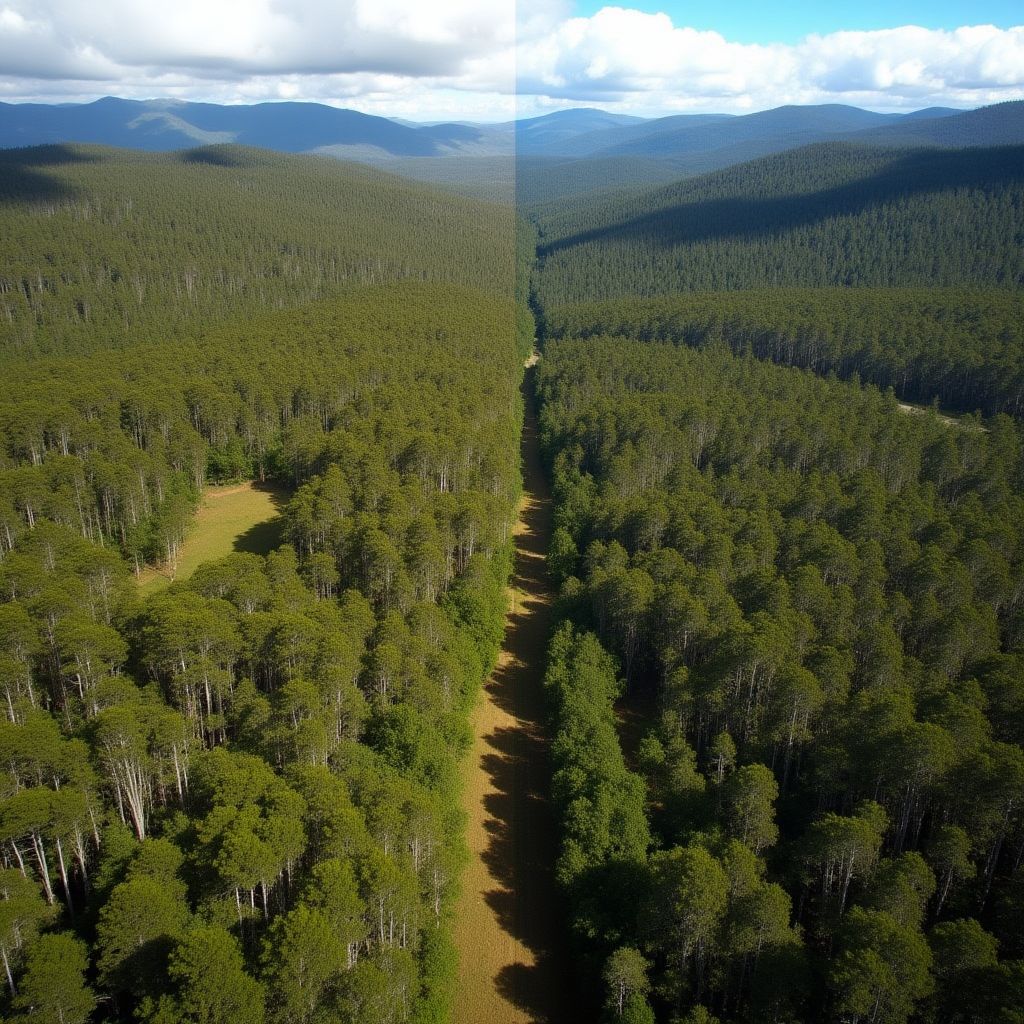Tasmania Untouched
Discover Wild Nature, National Parks & Rare Species
Experience the pristine wilderness of Australia's island state
Plan Your AdventureDiscover Tasmania's Wonders
Explore the unique natural features that make Tasmania a biodiversity hotspot
Ancient Forests
Tasmania houses some of the world's oldest temperate rainforests, with trees dating back over 3,000 years. These pristine ecosystems provide crucial habitat for countless endemic species and represent living museums of evolutionary history. Walking among these ancient giants offers a profound connection to Earth's natural heritage and a glimpse into prehistoric landscapes that once covered much of Australia.
Endangered Species
Tasmania provides refuge for numerous endangered species that have vanished from mainland Australia. The iconic Tasmanian Devil, Eastern Quoll, and Spotted-tail Quoll thrive here in protected habitats. Our conservation programs work tirelessly to ensure these unique marsupials survive for future generations. Each animal plays a vital role in maintaining the delicate balance of Tasmania's diverse ecosystems.
National Parks
Tasmania boasts 19 stunning national parks covering nearly 40% of the island. From the rugged peaks of Cradle Mountain to the pristine beaches of Freycinet, each park offers unique landscapes and biodiversity. The Tasmanian Wilderness World Heritage Area encompasses several parks and represents one of the last true wilderness regions on Earth. These protected areas safeguard ecosystems that have remained largely unchanged since prehistoric times.
Coastal Wonders
Tasmania's 2,000+ kilometer coastline features some of the most spectacular coastal scenery in the world. The Bay of Fires dazzles with its orange lichen-covered granite boulders, while the limestone cliffs of the Tasman Peninsula rise dramatically from the sea. Marine reserves protect diverse underwater ecosystems, including giant kelp forests and rare marine species. These pristine coastal environments provide critical habitat for seabirds, penguins, and marine mammals.
Unique Wildlife
Tasmania's isolation has created a haven for unique wildlife found nowhere else on Earth. The island hosts 12 endemic bird species and numerous mammals that have disappeared from mainland Australia. Witnessing a platypus gliding through mountain streams or spotting a pademelon at dusk provides unforgettable wildlife encounters. The absence of introduced foxes has allowed many small marsupials to thrive here when they've vanished elsewhere.
Alpine Wilderness
Tasmania's alpine regions represent the southernmost alpine environments in Australia. These high-altitude ecosystems feature unique plant communities adapted to extreme conditions, including the ancient cushion plants that may be over 700 years old. Hiking through these pristine highlands offers breathtaking panoramas and opportunities to witness rare alpine wildlife. The changing seasons bring dramatic transformations to these landscapes, from snow-covered winters to wildflower-filled summers.
Conservation Research
Our ongoing scientific studies to protect Tasmania's unique ecosystems
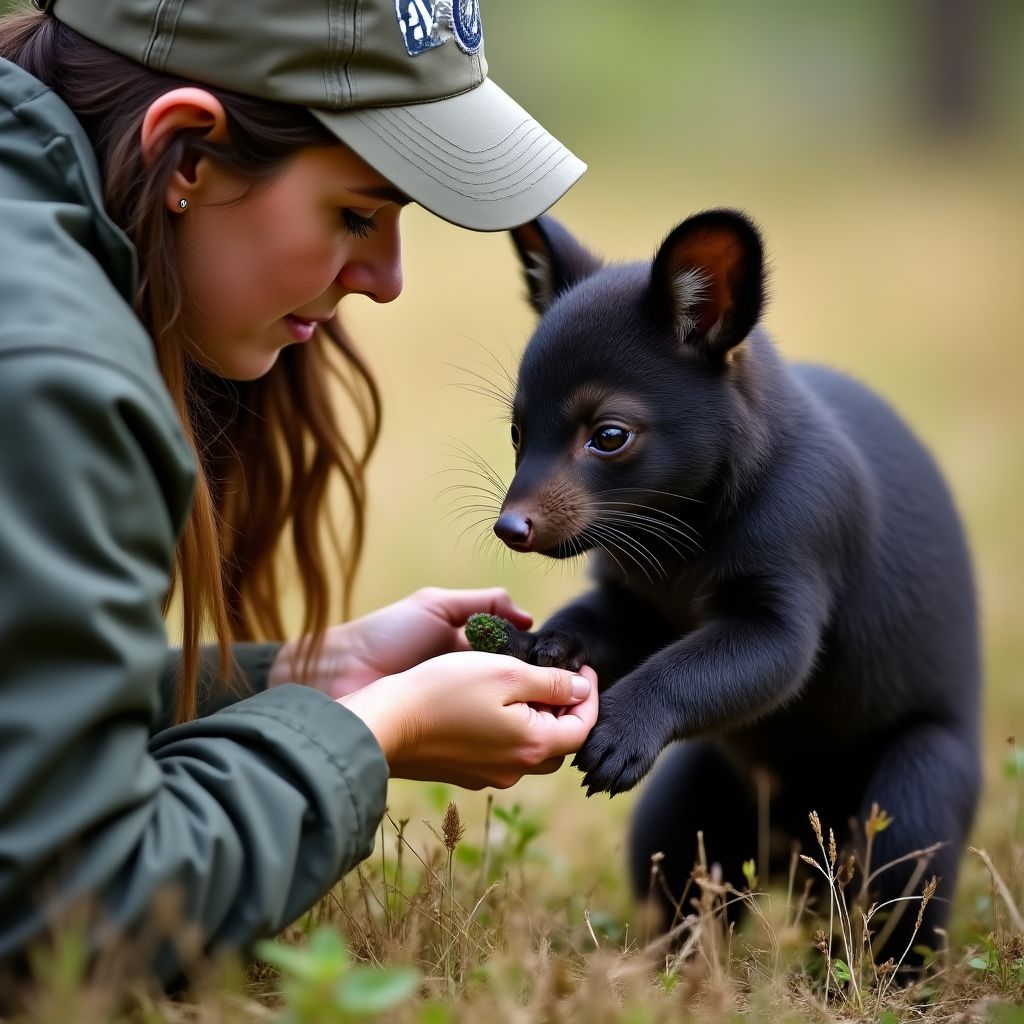
Our flagship research initiative focuses on combating Devil Facial Tumor Disease (DFTD), a transmissible cancer threatening Tasmania's iconic marsupial predator. Since 2003, our team has been tracking disease progression, developing genetic resistance research, and managing an insurance population of healthy devils. Recent breakthroughs include identifying naturally immune individuals and implementing targeted breeding programs to enhance disease resistance in future generations. Our work extends beyond the laboratory through comprehensive field studies that monitor wild populations across Tasmania's diverse landscapes.
The program combines cutting-edge genetic analysis with traditional field ecology to create a holistic approach to devil conservation. By partnering with local communities and indigenous knowledge holders, we integrate diverse perspectives into our conservation strategies, ensuring both scientific rigor and cultural sensitivity in our work.
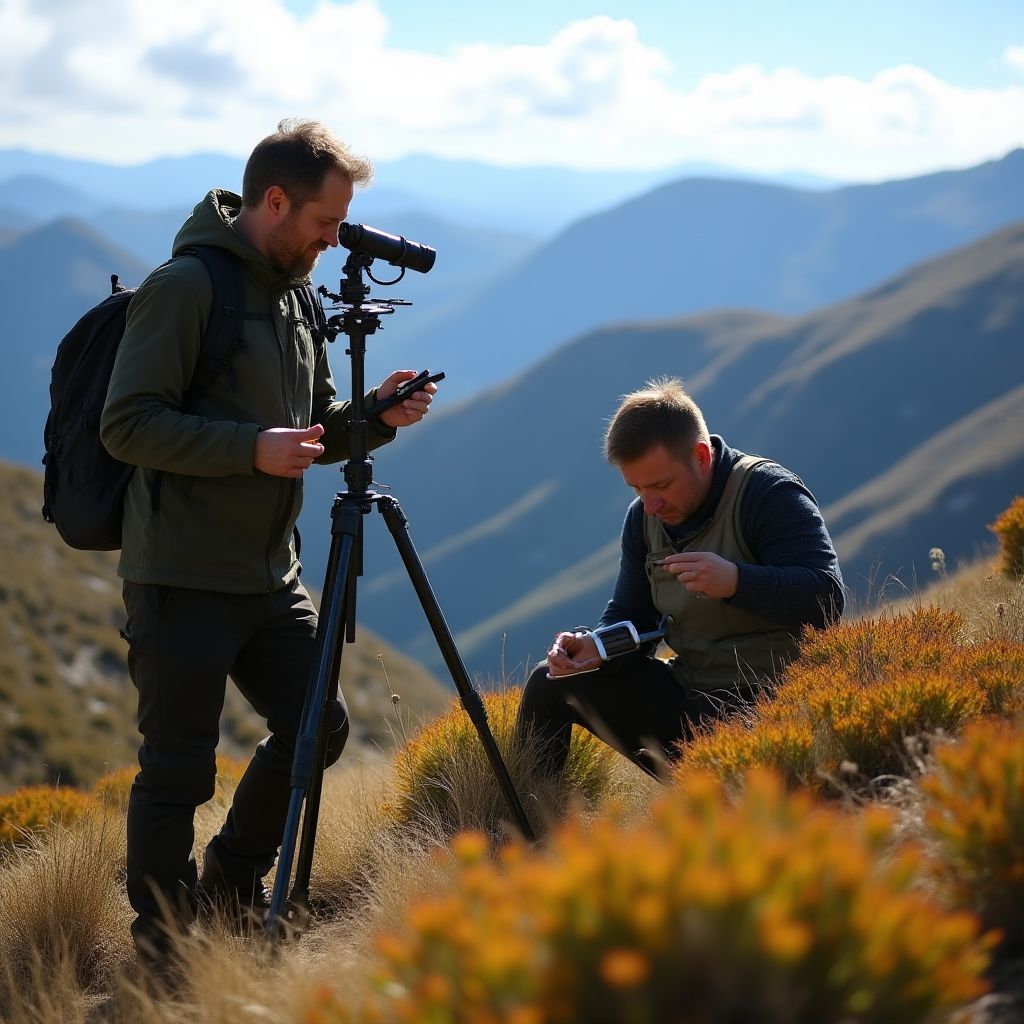
Our alpine research team maintains Tasmania's longest-running high-altitude climate monitoring system, tracking environmental changes across the Central Highlands and Tasmanian Wilderness World Heritage Area. Through permanent vegetation plots established over three decades ago, we document shifts in plant communities, snowpack duration, and ecosystem health in response to climate change. This vital research provides early warning indicators of environmental stress and informs adaptive management strategies for Tasmania's sensitive alpine regions.
The alpine ecosystems of Tasmania contain plant species found nowhere else on Earth, many of which have evolved over millions of years to survive in these harsh environments. Our monitoring reveals concerning trends, including upslope migration of plant communities and increased pressure from introduced species. By understanding these complex ecological dynamics, we can develop targeted interventions to preserve these irreplaceable natural treasures.
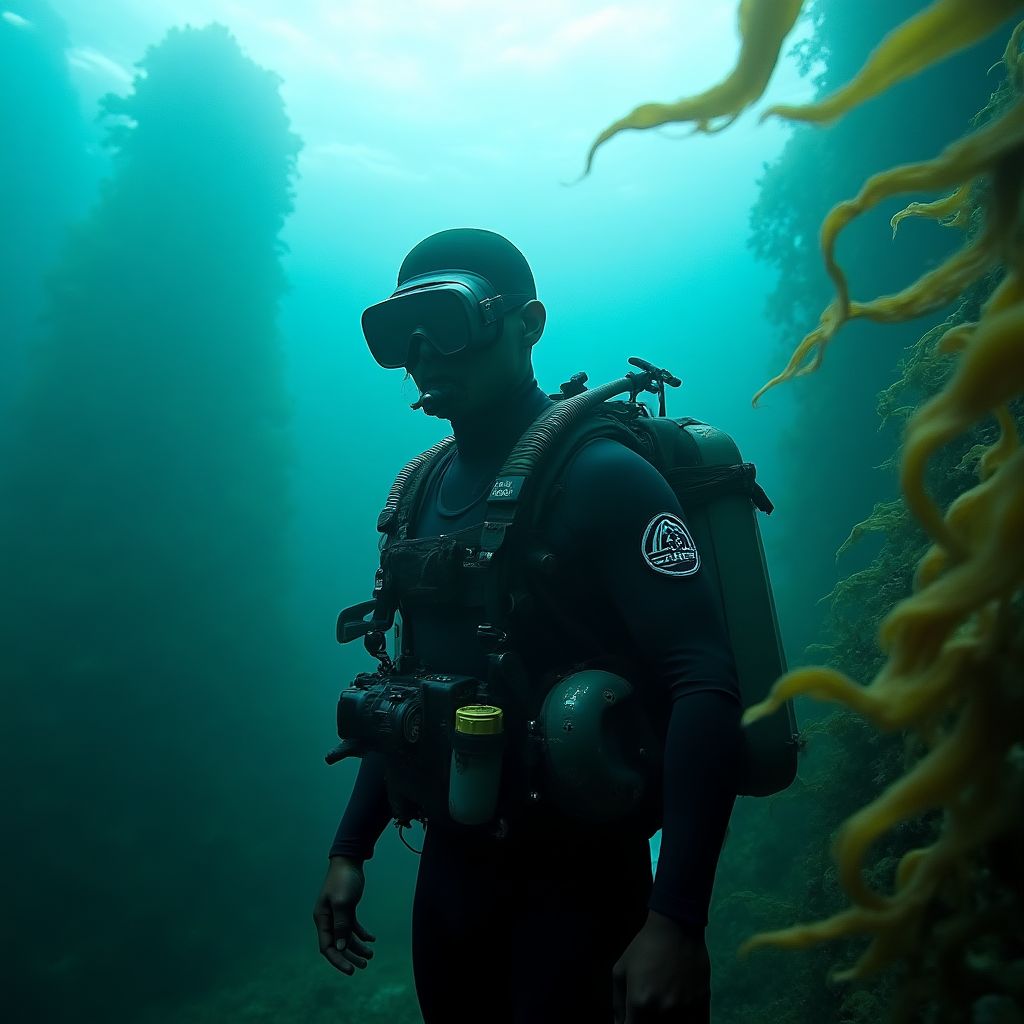
Our marine research initiative documents and addresses the dramatic changes occurring in Tasmania's coastal waters due to warming ocean temperatures and shifting currents. Once home to extensive giant kelp forests, Tasmania has lost over 95% of these crucial marine habitats in recent decades. Our team conducts regular underwater surveys, satellite tracking of marine temperature anomalies, and experimental restoration of kelp ecosystems. This work provides critical data on the cascading effects of marine habitat loss on fish populations, invertebrate communities, and coastal productivity.
Through pioneering "Super Kelp" breeding programs, we're developing heat-resistant strains of giant kelp that can withstand warming waters, offering hope for ecosystem recovery. Our research extends to understanding the complex interplay between commercial fishing practices, marine protected areas, and ecosystem resilience in a changing ocean climate. This holistic approach ensures that conservation efforts address both immediate threats and long-term sustainability challenges.
Conservation Partners & Resources
Valuable information and organizations supporting Tasmanian wildlife protection
Tasmania Parks & Wildlife Service
Official government agency managing Tasmania's national parks and reserves, offering essential information on conservation initiatives and visitor guidelines.
Visit WebsiteSave the Tasmanian Devil Program
Leading initiative working to protect Tasmanian Devils from extinction due to facial tumor disease through research, breeding, and conservation efforts.
Learn MoreTasmanian Land Conservancy
Non-profit conservation organization that acquires and manages land for biodiversity protection across Tasmania's varied ecosystems.
Support Their WorkWilderness Society Tasmania
Environmental advocacy group working to protect Tasmania's ancient forests, wild rivers, and pristine wilderness areas from development threats.
Join Their CampaignWilderness Workshops
Hands-on learning experiences in Tasmania's natural environments
Wildlife Photography Masterclass
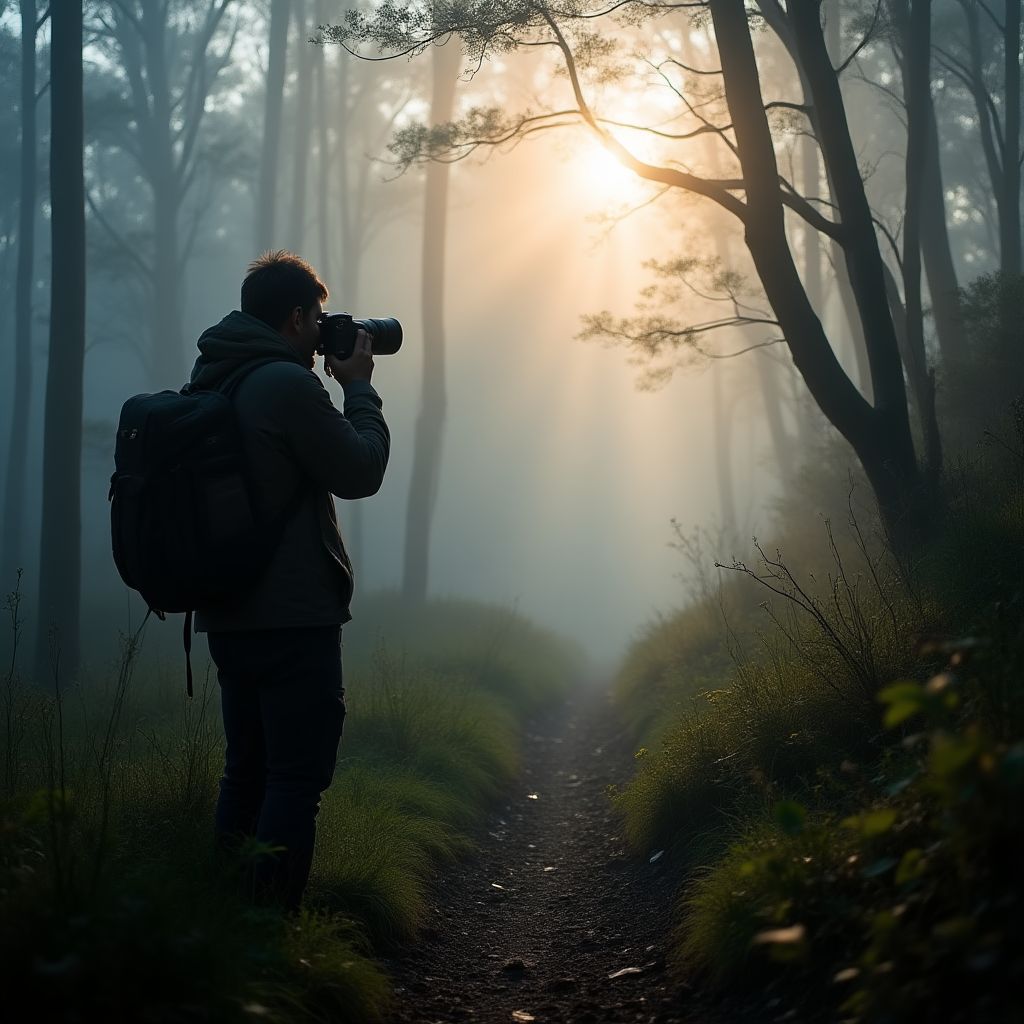
Join award-winning nature photographer James Wilson for an immersive four-day workshop in Cradle Mountain National Park. Learn specialized techniques for capturing Tasmania's elusive wildlife in their natural habitats. The workshop combines field expeditions with technical sessions covering low-light photography, telephoto techniques, and ethical wildlife photography practices. Suitable for intermediate to advanced photographers looking to enhance their nature portfolio with unique Tasmanian species.
Register InterestTasmanian Wilderness Survival Skills

This intensive three-day workshop teaches essential skills for safe exploration of Tasmania's remote wilderness areas. Led by experienced bushcraft instructor Sarah Thompson, participants learn navigation using natural indicators, emergency shelter construction, water sourcing, and basic first aid techniques specific to Tasmanian environments. The workshop emphasizes low-impact wilderness ethics and traditional ecological knowledge. All equipment provided, with accommodation in basic bush huts during the experience.
Register InterestTasmanian Botany Field Study
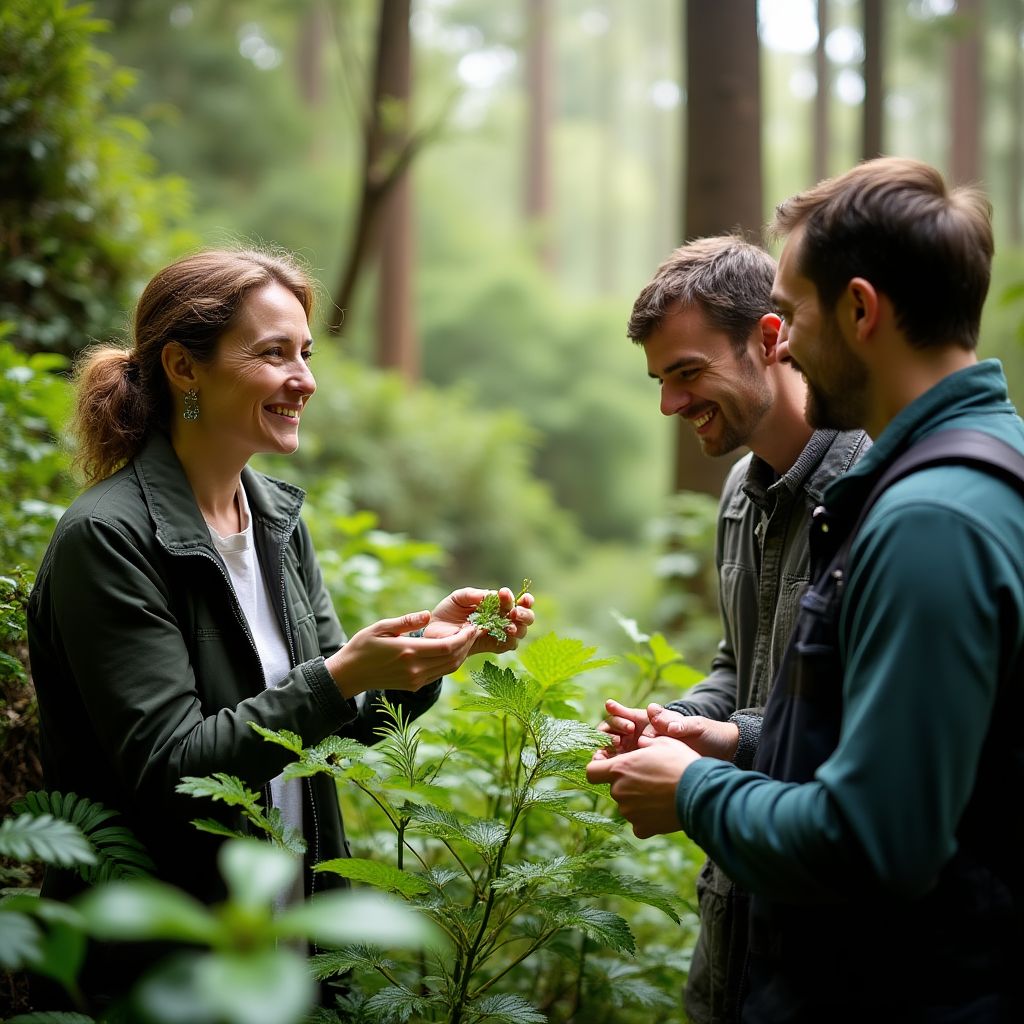
Discover Tasmania's remarkable plant diversity with renowned botanist Dr. Emily Rodgers. This field-based workshop explores multiple habitats from coastal heath to alpine environments, focusing on Tasmania's 1,000+ endemic plant species. Participants develop field identification skills, learn about evolutionary adaptations, and contribute to ongoing citizen science projects monitoring rare species. The workshop includes comprehensive botanical field guides and digital resources for continued learning. Accommodation provided at our field research station.
Register InterestVirtual Learning Series
Online educational presentations about Tasmania's natural heritage
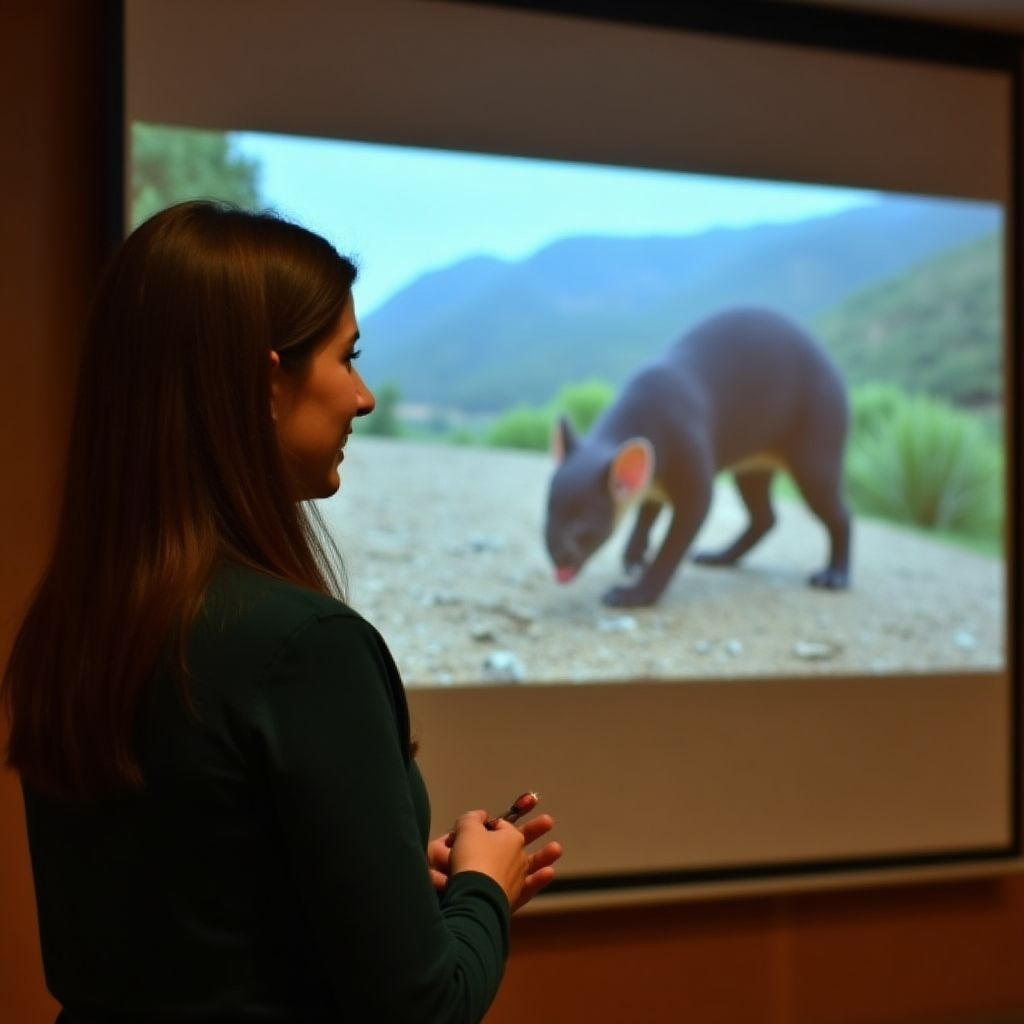
Saving Tasmania's Devils
February 28, 2025 • 7:00 PM AEST
Join lead researcher Dr. Karen Mitchell for a comprehensive look at current efforts to combat Devil Facial Tumor Disease and protect wild devil populations. This webinar covers disease progression, immunology research, and community conservation initiatives, with exclusive footage from our field monitoring stations.
Register for Webinar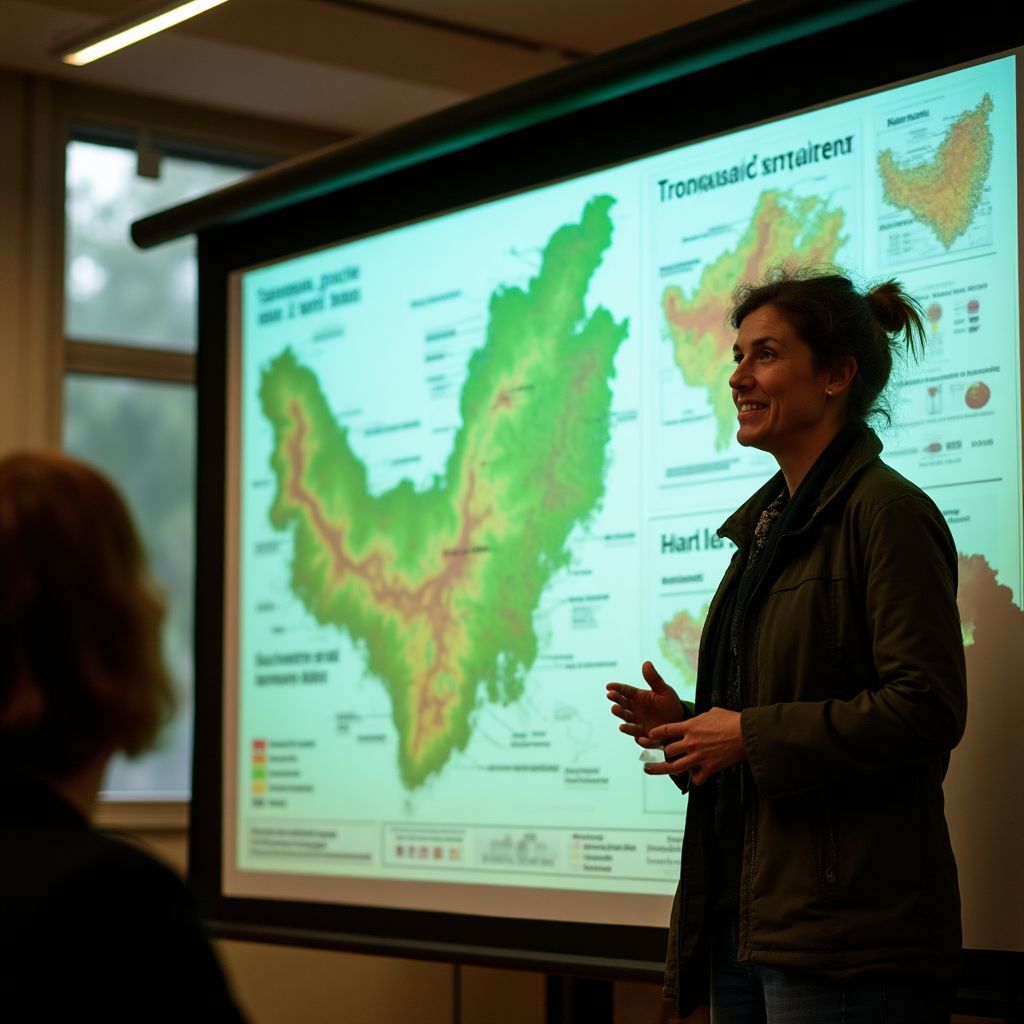
Ancient Forests of Tasmania
March 15, 2025 • 6:30 PM AEST
Forest ecologist Professor David Thompson presents a fascinating journey through Tasmania's old-growth forests. Learn about the ecological significance of these ancient ecosystems, their evolutionary history spanning millions of years, and current conservation challenges, including climate change impacts and protection strategies.
Register for Webinar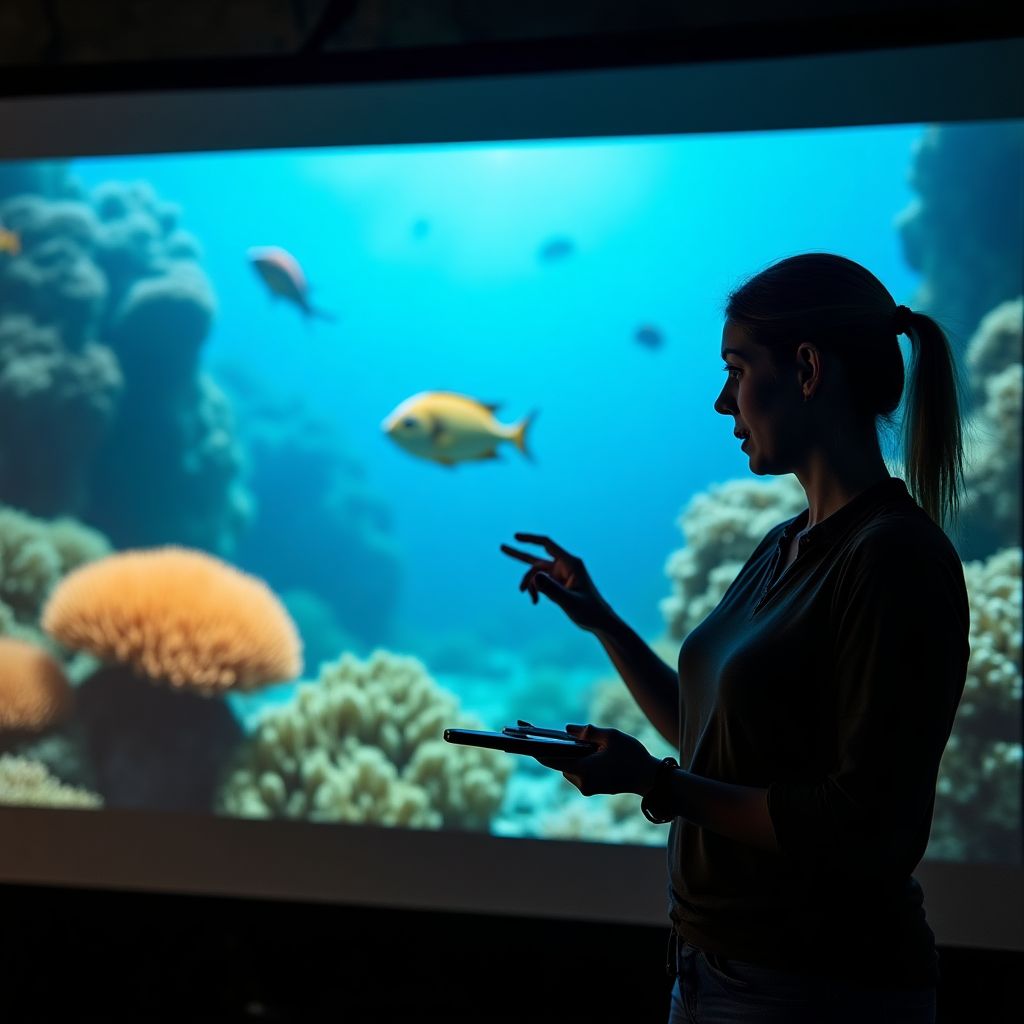
Tasmania's Marine Wonders
April 5, 2025 • 7:00 PM AEST
Dive into Tasmania's extraordinary underwater world with marine biologist Dr. Lisa Chen. This visually stunning presentation explores the unique marine ecosystems surrounding Tasmania, from giant kelp forests to deep sea canyons, highlighting endemic species and current conservation challenges facing these fragile environments.
Register for WebinarContact Us
Get in touch to plan your Tasmanian wilderness experience
Visit Our Office
123 Kings Road, West End, QLD 4101
Call Us
+61458130627
Email Us
Office Hours
Monday - Friday: 9:00 AM - 5:00 PM AEST
Saturday: 10:00 AM - 2:00 PM AEST
Sunday: Closed
